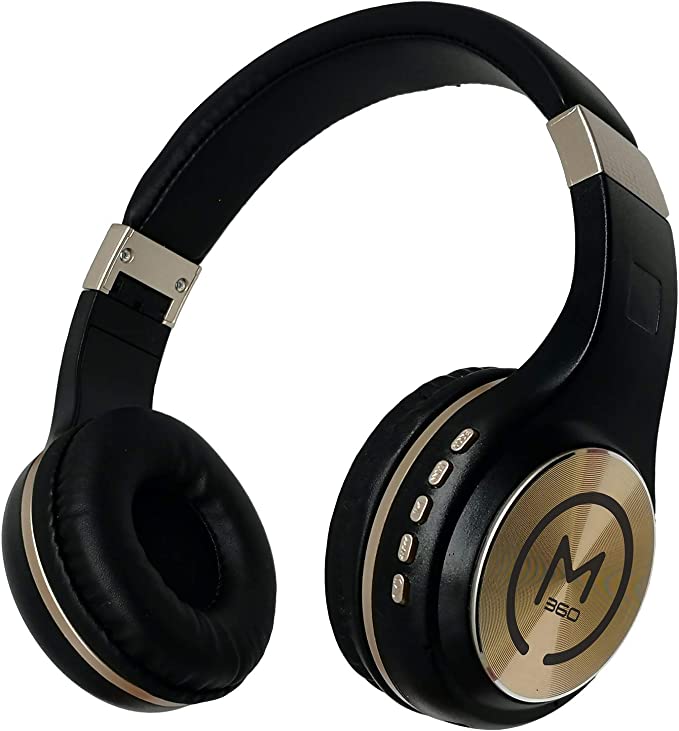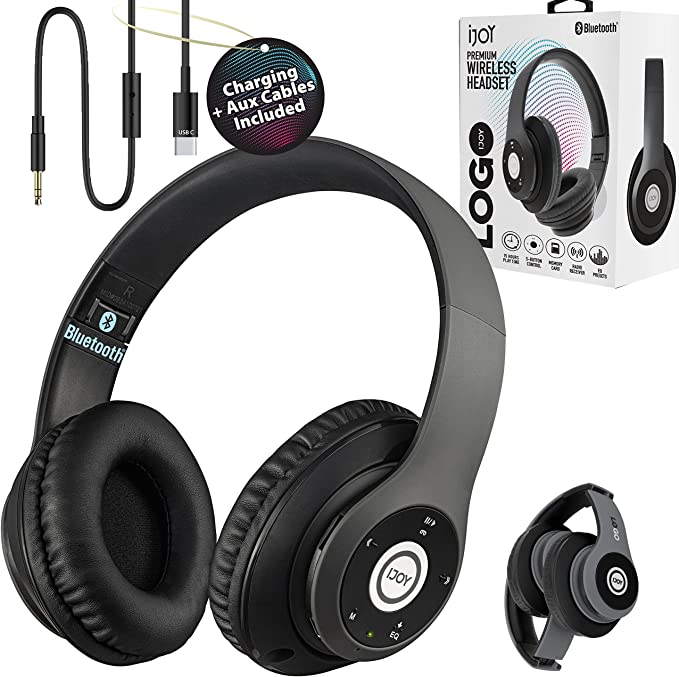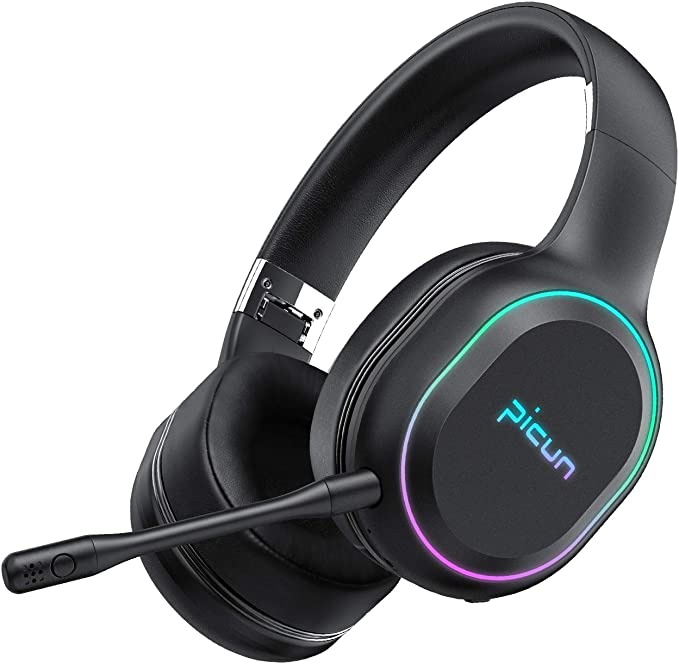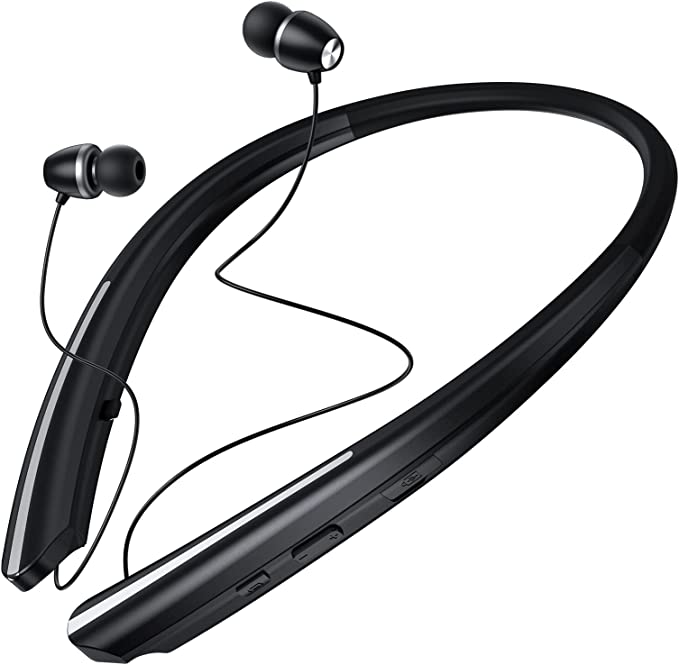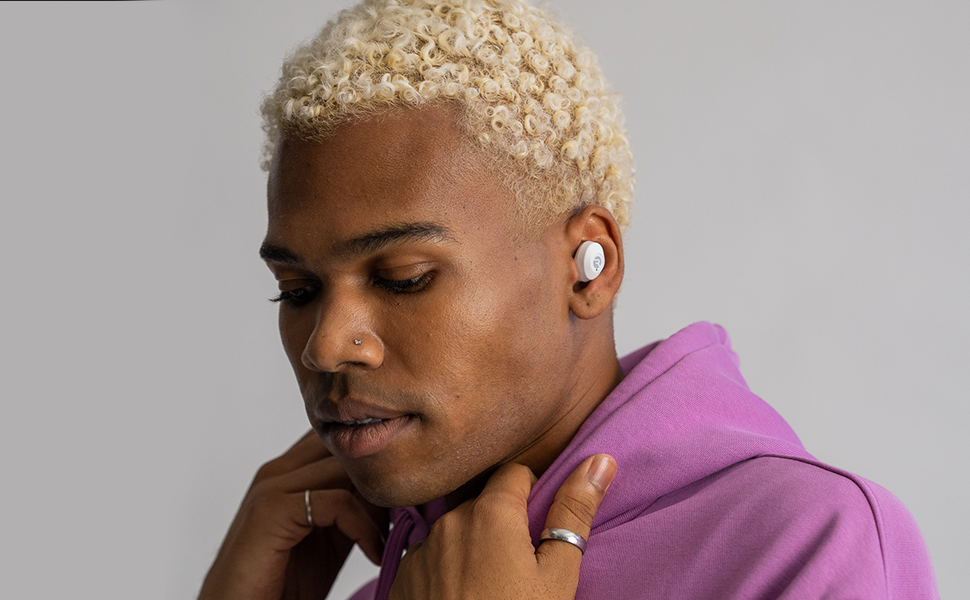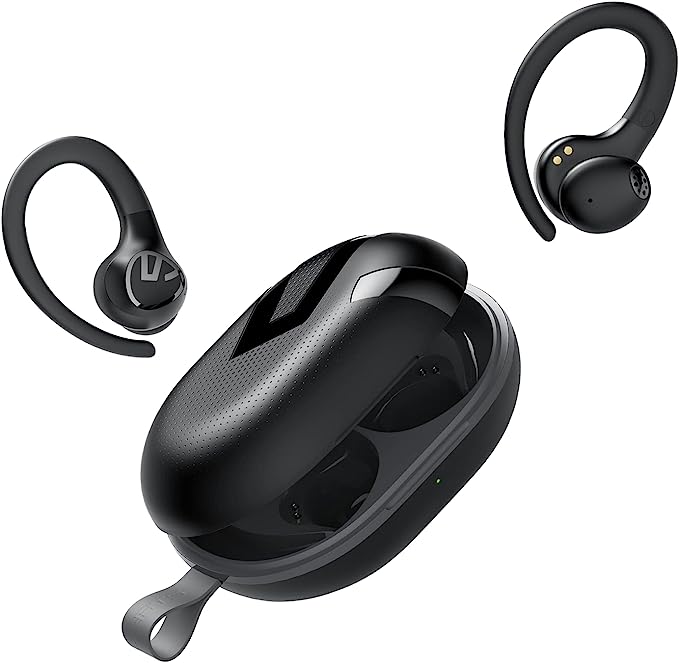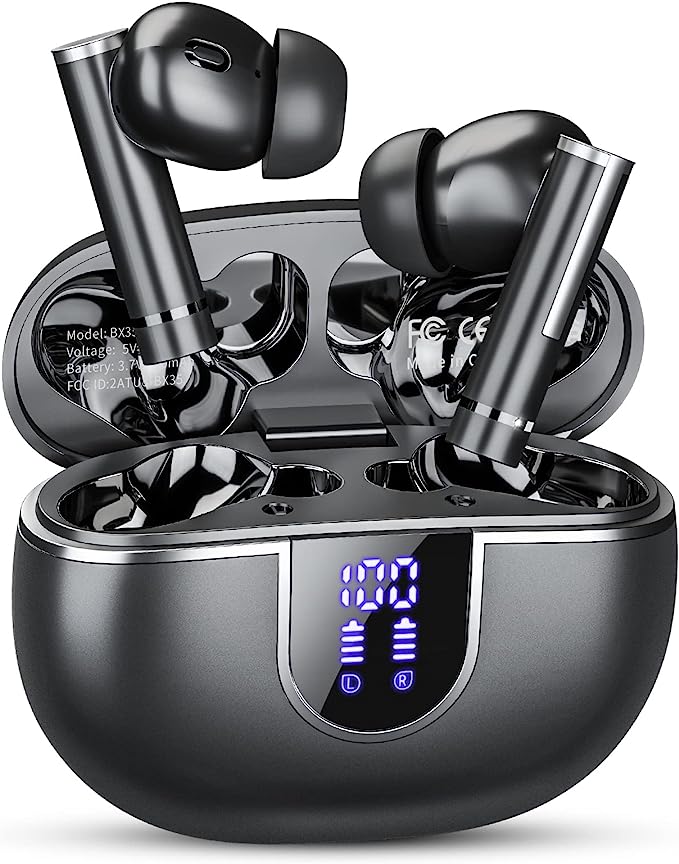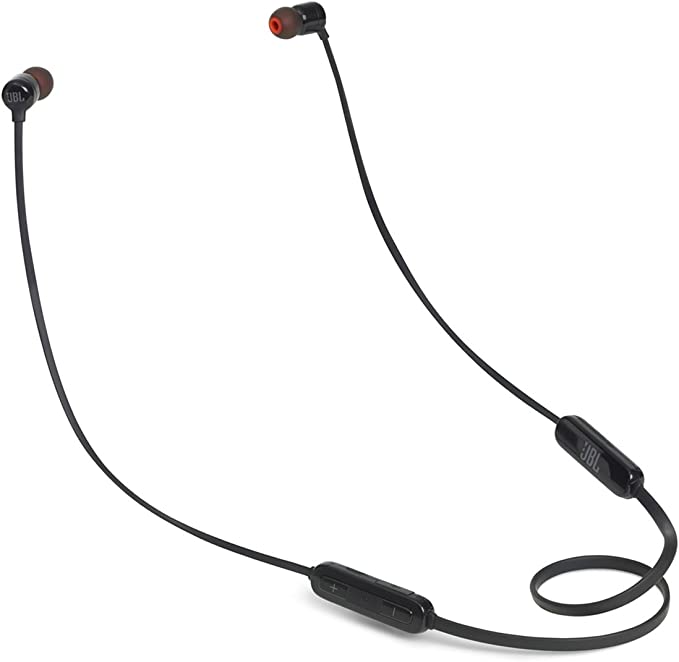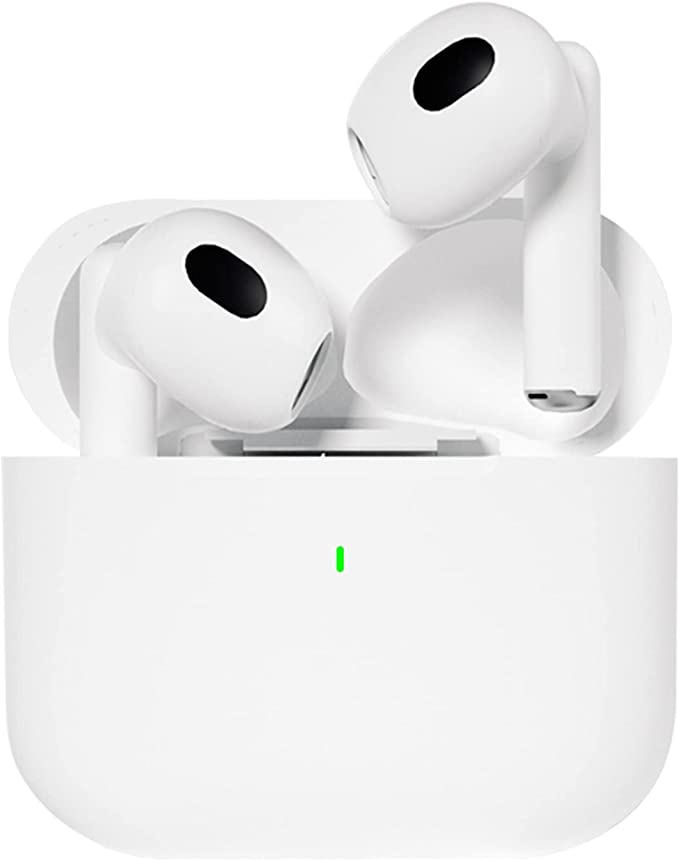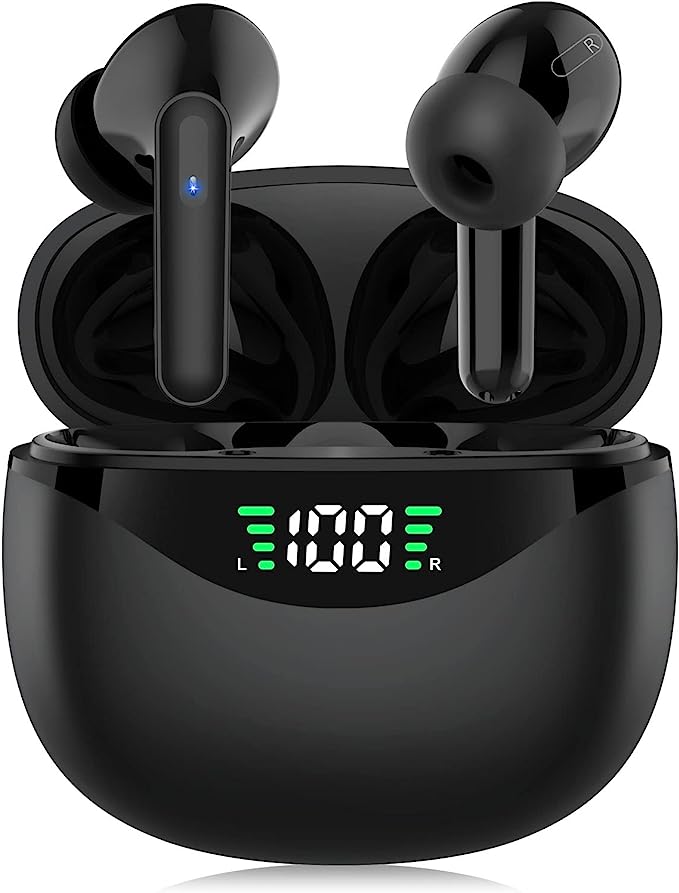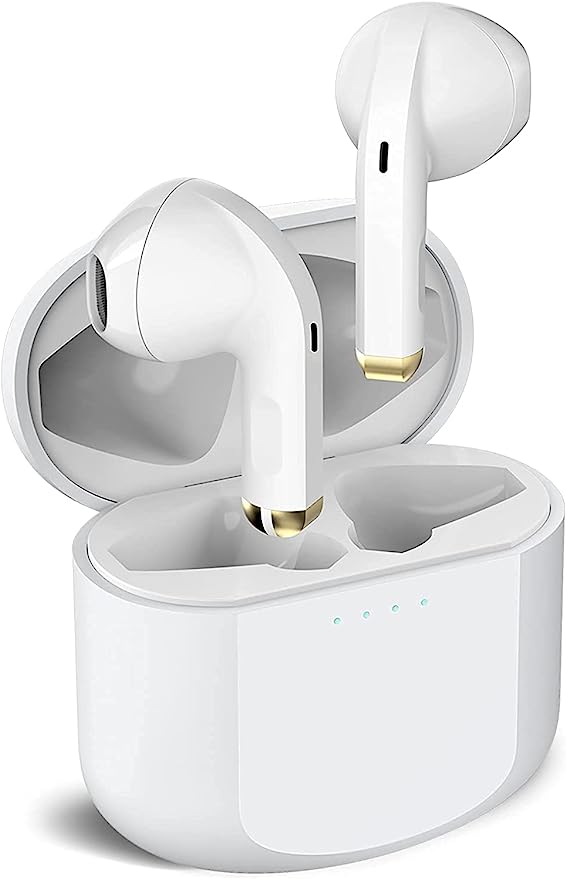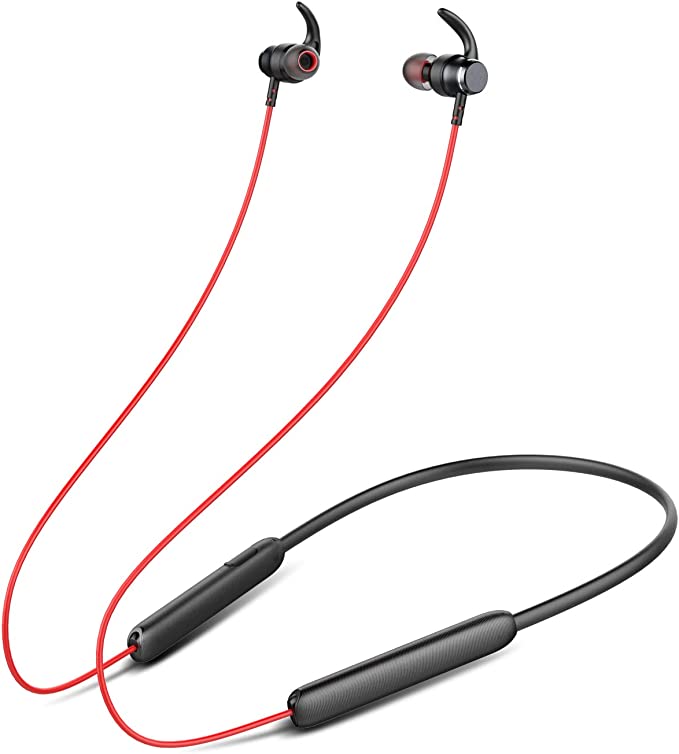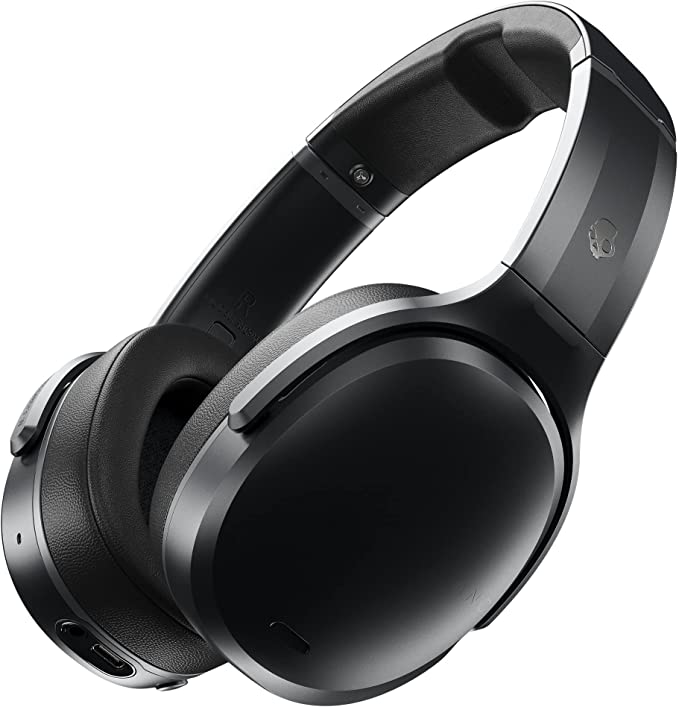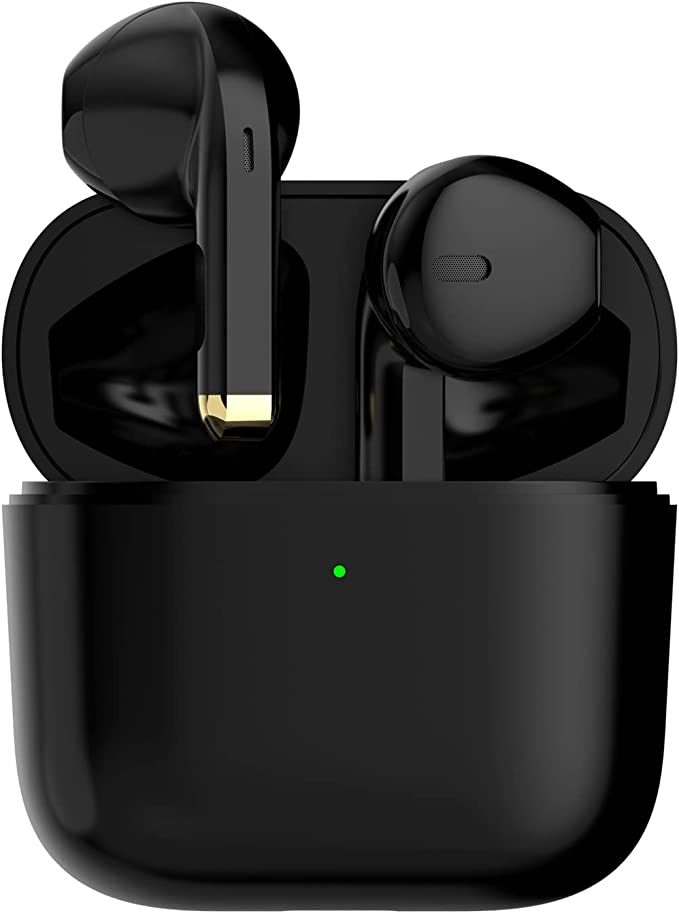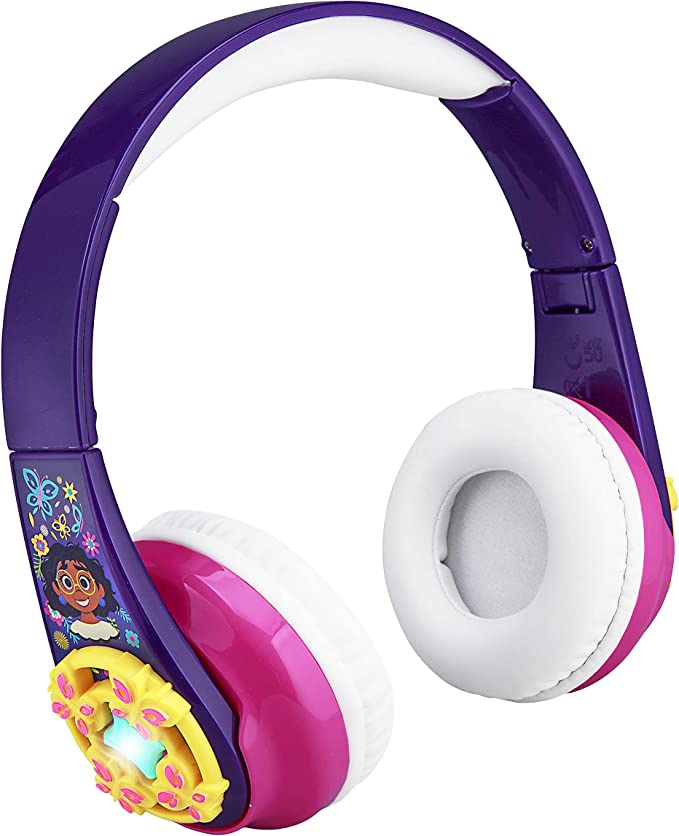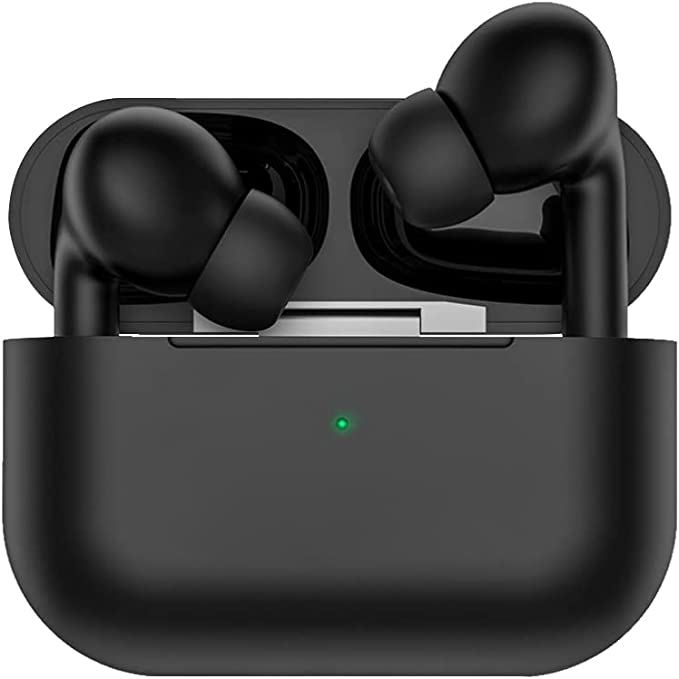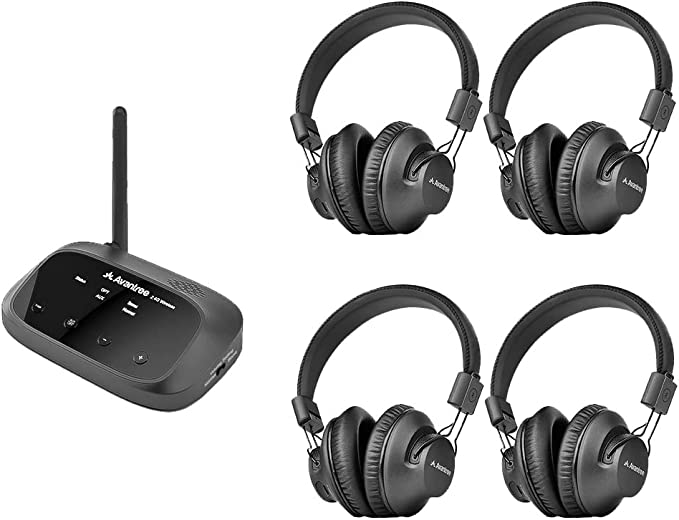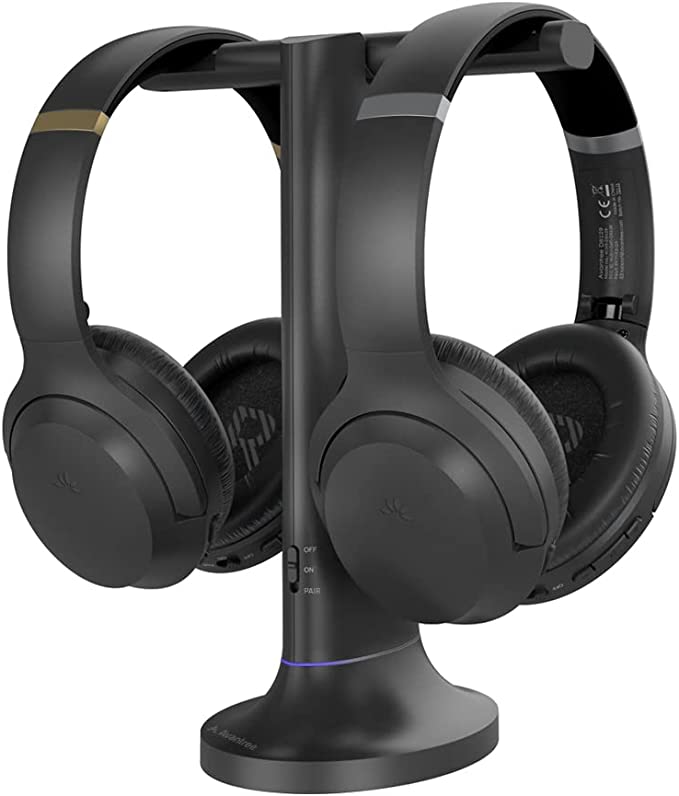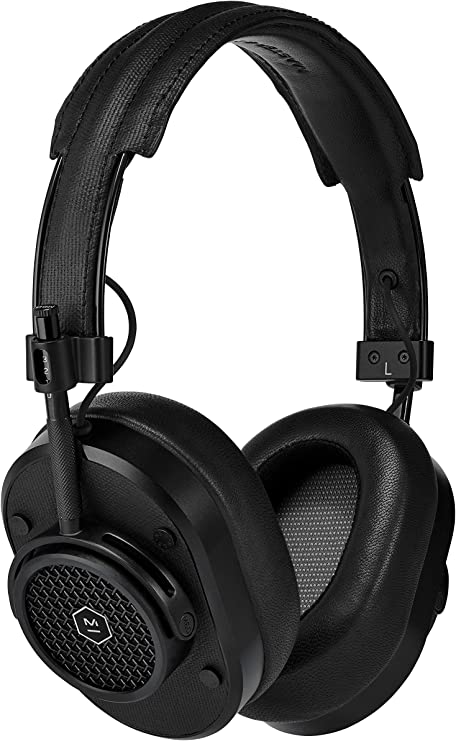Morpheus 360 HP4500W Tremors Wireless Headphones: The Science of Untangled Sound and Versatile Audio
Update on May 14, 2025, 4:13 p.m.
There was a time when music and spoken word were largely communal affairs, shared from a single source, filling a common space. Today, we walk enveloped in our personal audio cocoons, soundscapes meticulously curated to our individual tastes, accompanying our every move. This evolution reflects a deep-seated human desire: for untethered audio freedom, for versatility that adapts to our dynamic lives, and for a sound quality that can transport us. The Morpheus 360 HP4500W Tremors Wireless Headphones, with their on-ear design and array of features, serve as more than just a product; they offer a fascinating lens through which we can explore the ingenious technologies that shape our modern auditory experiences. So, let’s delve into the science and stories woven into these everyday companions.

Act I: Cutting the Cord – The Whispers of Wireless Technology
The dream of listening without the leash of wires is an old one, and modern technology has made it a delightful reality for millions.
Scene 1: Bluetooth - The Invisible Tether with a Royal Lineage.
The term “Bluetooth” itself has a rather noble, if unexpected, origin. It’s named after Harald “Bluetooth” Gormsson, a 10th-century Danish king famed for uniting disparate Danish tribes. Similarly, the Bluetooth technology, conceived by Ericsson engineers in Sweden in 1994, was envisioned to unite different communication devices seamlessly. It operates using short-wavelength UHF radio waves in the 2.4 to 2.485 GHz ISM band, allowing devices to “talk” to each other over short distances. When you pair your Morpheus 360 HP4500W headphones with your smartphone, what’s happening is a sophisticated digital handshake, establishing a secure, personal area network. This connection, often utilizing profiles like A2DP (Advanced Audio Distribution Profile) for high-quality stereo sound, effectively liberates your audio.
The product information for the HP4500W suggests “up to 10 hours” of playtime on a single charge and a wireless range of “up to 33 feet.” Ten hours is a significant slice of a day – enough for a long commute, a full workday of background music, or an extended gaming session. The 33-foot range means you can leave your phone on the desk and wander to the kitchen for a coffee without missing a beat. This auditory endurance is largely thanks to the silent partner in this wireless dance: the rechargeable lithium-ion battery nestled within the headphones. These batteries are marvels of electrochemistry, packing substantial energy into a small space, and the HP4500W’s ability to recharge in a stated “1-2 hours” via a Micro USB connection (as per the specific model’s product description) means your personal soundtrack is never out of commission for long.
Scene 2: The Little Card That Could – TF Playback and Musical Autonomy.
While streaming from a phone is convenient, the HP4500W offers another layer of audio independence: a built-in TF card reader. TF cards, or TransFlash cards (now more commonly known as MicroSD cards), represent a significant leap in portable storage technology. Think back to the bulk of cassette tapes or even portable CD players; now, a fingernail-sized card can hold thousands of songs. These cards use flash memory, a type of non-volatile storage that retains data even when power is off.
When you slot a TF card loaded with your favorite MP3s or other digital audio files into the headphones, the HP4500W’s internal electronics – including a digital-to-analog converter (DAC) and amplifier – take over. This means you can enjoy your music library without any other device. Imagine heading out for a run or to the gym without the bulk or distraction of your smartphone. Or perhaps you want to conserve your phone’s battery on a long journey. The TF card feature transforms the headphones into a self-contained audio player, offering a distinct kind of freedom and a nostalgic nod to dedicated music devices of the past, but with modern convenience.
Act II: The Shape of Sound – Crafting Your Auditory Experience
Wireless convenience is one thing; the quality and character of the sound itself are another, deeply intertwined with the physical design and the intricate components within.
Scene 1: The On-Ear Approach – A Balance of Immersion and Awareness.
The Morpheus 360 HP4500W employs an “On Ear” (or supra-aural) form factor. Unlike over-ear headphones that fully encircle your ears, or in-ear buds that sit within the ear canal, on-ear headphones rest directly on the ear’s cartilage (the pinna). This design choice often strikes a balance: they can offer a more direct sound presentation than some over-ear models and are typically more compact and lighter, enhancing portability. Acoustically, they may allow a little more ambient sound to filter in compared to sealed over-ear designs, which some users prefer for situational awareness.
The comfort of on-ear headphones is crucial for extended listening. The product description mentions “protein leather ear cushions.” Protein leather is a type of artificial leather often chosen for its softness, durability, and breathability compared to traditional PVC-based leatherettes. These cushions, combined with the adjustable headband, aim to provide a snug yet comfortable fit, which is vital not only for comfort but also for creating a reasonable acoustic seal against the ear. This seal helps in delivering a fuller bass response and a more immersive experience.
Scene 2: The Heart’s Vibration – Unpacking the 40mm Drivers.
At the very core of any headphone, the component responsible for actually producing sound is the driver. The HP4500W product details mention “custom tuned 40mm drivers” (noted in a general description for the series, but indicative of the design intent). In the world of dynamic drivers, which are common in headphones, 40mm refers to the diameter of the diaphragm. Generally, a larger diaphragm has the potential to move more air, which can contribute to a more robust and extended bass response, though driver size alone doesn’t dictate quality.
Think of a dynamic driver as a miniature loudspeaker. It consists of several key parts:
- A magnet (typically neodymium for its strong magnetic field in a small size).
- A voice coil – a coil of fine wire attached to the diaphragm, sitting within the magnet’s field.
- A diaphragm (or cone) – a thin, lightweight membrane that vibrates to create sound waves.
When an electrical audio signal from your music source flows through the voice coil, it creates a fluctuating magnetic field that interacts with the permanent magnet’s field. This interaction causes the voice coil, and thus the attached diaphragm, to rapidly move back and forth. These vibrations push and pull the air, creating pressure waves that our ears interpret as sound.
The art of “tuning” these drivers, as mentioned for the Morpheus 360 series’ aim for “Deep Bass, Clear Mid and High-end tones,” involves meticulous engineering. This includes the choice of diaphragm material (which affects its stiffness and damping), the design of the enclosure (the earcup itself), and the careful balancing of all components to achieve a desired frequency response. It’s a blend of science and art, striving to reproduce the original recording faithfully or to create a specific, engaging sound signature. One might even connect the brand’s name, “Morpheus” (the Greek god of dreams), to this endeavor – crafting an auditory dreamscape for the listener.
Scene 3: When Old School is Cool – The Enduring Wisdom of the Wire.
Despite the allure of wireless, there’s an undeniable robustness and simplicity to a wired connection. The HP4500W thoughtfully includes a “3’ cable with 3.5mm jacks.” The 3.5mm audio jack, a veteran of the audio world, provides a direct analog pathway from the audio source to the headphone drivers. This is the elegance of passive power: the headphones can reproduce sound without relying on their internal battery, drawing minimal power directly from the source device.
This feature is indispensable in several scenarios. On an airplane, where Bluetooth use might be restricted or frowned upon, the wired mode keeps the entertainment going. If you have older audio gear – a vintage stereo system, an old MP3 player – that lacks Bluetooth, the cable bridges the compatibility gap. And, of course, if the headphone battery does eventually run flat, the wired option means your music doesn’t have to stop. It’s a testament to the idea that sometimes the most reliable technology is the one that has stood the test of time.

Act III: Effortless Harmony – Controls, Calls, and Considerations
Modern headphones are expected to do more than just play music; they are an extension of our connected lives.
Scene 1: A Word in Your Ear – The Clarity of the Built-in Microphone.
The inclusion of a “built-in microphone” transforms the HP4500W from mere listening devices into communication tools. While the provided text doesn’t detail the microphone technology, many modern headphones utilize tiny MEMS (Micro-Electro-Mechanical Systems) microphones. These are small, power-efficient, and can offer good clarity for voice calls. The ability to answer calls without taking off your headphones or fumbling for your phone is a significant convenience, seamlessly integrating your listening experience with your communication needs.
Scene 2: Command at Your Fingertips – The Simplicity of One-Touch Media Controls.
To further enhance this seamless experience, the HP4500W features “One-Touch Media Controls,” which are stated to be “located in the left-hand side of this headset.” This ergonomic consideration means users can control music playback (play, pause, track forward/back), adjust volume, and manage calls (answer, end) with simple button presses, all without needing to reach for their phone. This direct interaction keeps you in the moment, whether you’re absorbed in a podcast or managing an important call.
Scene 3: Essential Fine Print – A Note on Safe and Responsible Use.
Good product citizenship includes providing users with necessary safety and regulatory information. The HP4500W packaging notes a “CHOKING HAZARD” due to small parts, advising it’s not for children under 3 years – a standard and important warning. Additionally, there’s a “Consumer Alert” related to the wireless microphone system, which is common for such devices. It informs users that operating the system typically doesn’t require a license, but it must function at low power, avoid causing harmful interference, and has no inherent protection from interference from other devices. The FCC (Federal Communications Commission) continuously evaluates these rules, and this transparency is vital for informed consumer use.
Finale: The Symphony Within – Technology Serving Experience
The Morpheus 360 HP4500W Tremors Wireless Headphones, like many contemporary audio devices, are a confluence of diverse technologies. The liberating convenience of Bluetooth, the surprising autonomy of TF card playback, the fundamental science of its 40mm drivers shaping air into sound, the practicality of its built-in microphone and controls, and the fallback reliability of a wired connection – all these elements perform in concert.
Ultimately, the specifications and scientific principles are in service of a deeply human desire: to experience sound in a way that is personal, adaptable, and enriching. From the intricate dance of electrons in its circuits to the carefully engineered vibrations that greet our ears, the journey of sound through a device like the HP4500W is a miniature marvel of modern engineering. As we look towards the future of personal audio, we can anticipate even more intelligent, integrated, and immersive ways to engage with our sonic worlds, always remembering that the most sophisticated technology is that which enhances our human experience, perhaps even, as the name Morpheus suggests, shaping our waking dreams.
